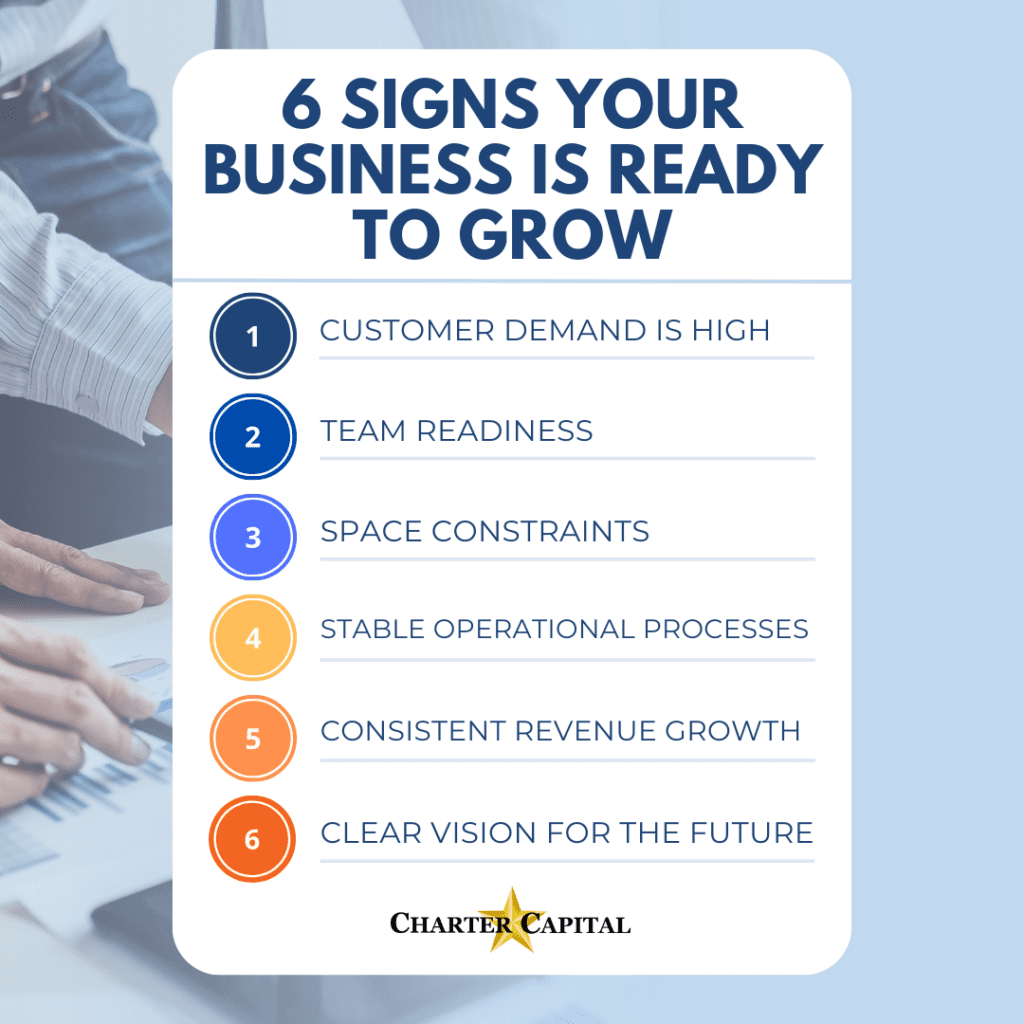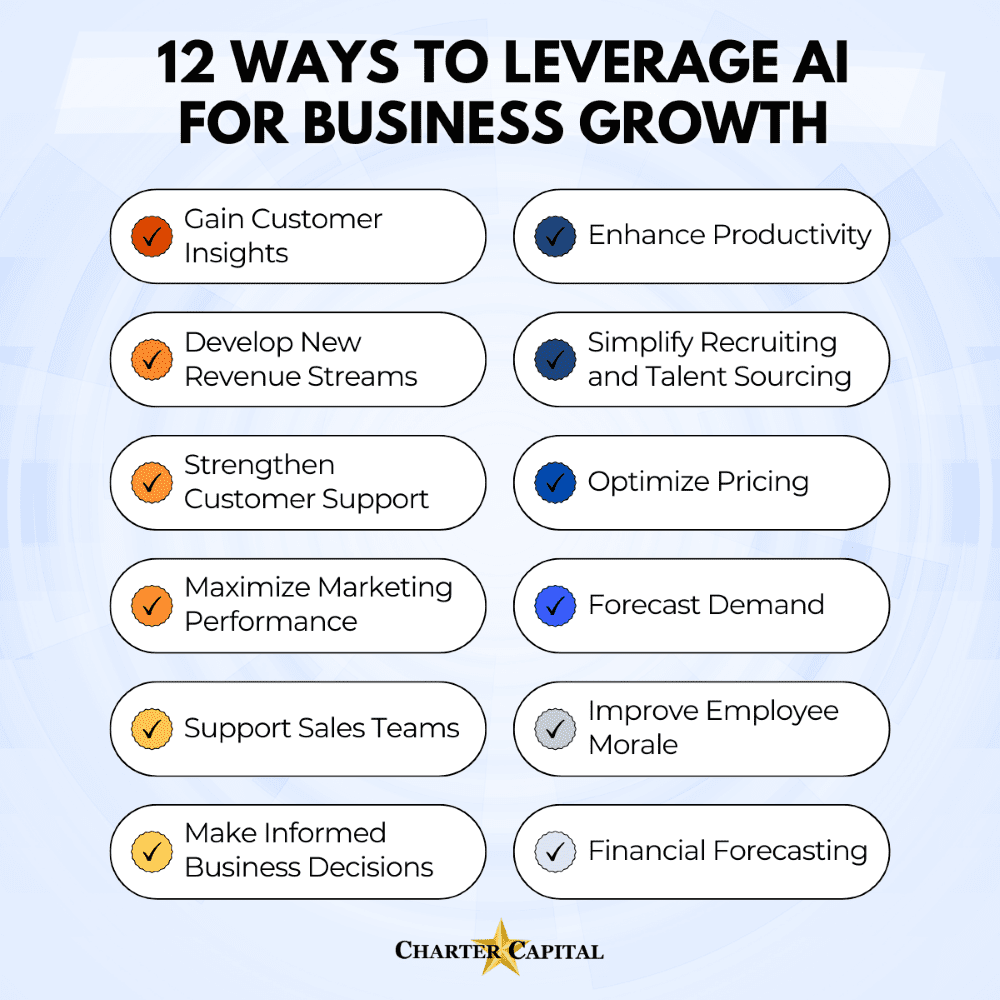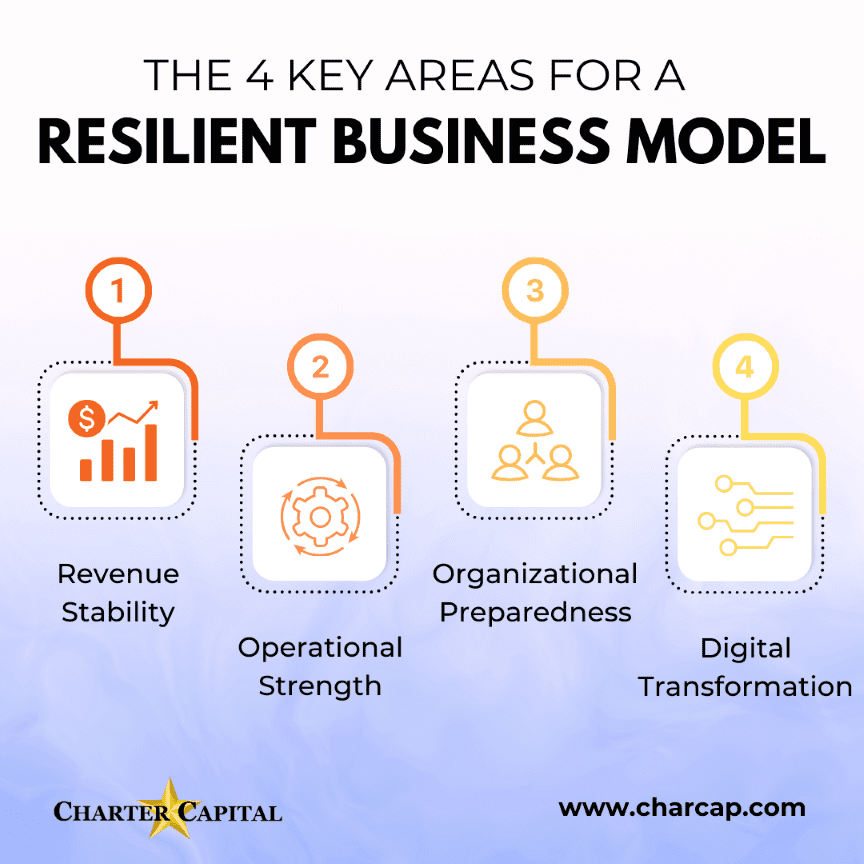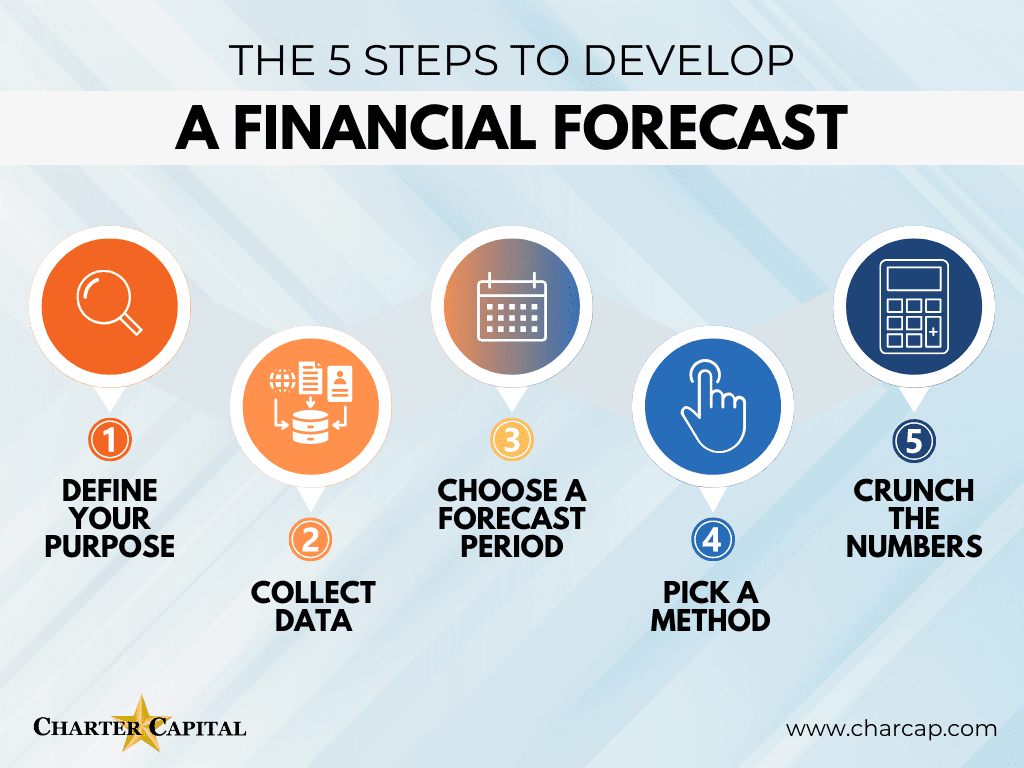No matter which side of the table you sit on during contract negotiations between two businesses considering a partnership, payment terms will always be a major focal point. Businesses providing goods and services want to be paid faster, while businesses receiving them want to delay payment as much as possible. In a perfect world, the two businesses will find a sweet spot that works for both. In the real world, the larger business usually has clout. If you don’t accept their terms, they’ll find someone who will. The good news is that you can work with these larger companies and secure lucrative contracts and not have to worry about cash flow even if they refuse to budge on payment terms. Invoice factoring and supply chain financing are two solutions that make it possible. But, they work in different ways. We’ll explore them both in detail below, so it’s easy to see which fits your situation best.

Factoring: An Overview
If your business provides goods or services on net terms, meaning your customers get a certain number of days to pay after invoicing, you know all too well the challenges that come with payment delays. Invoice factoring solves this by letting you sell those unpaid invoices to a factoring company, also called a factor, in exchange for immediate cash. The process is also referred to as “accounts receivable factoring” or simply “factoring.”
The Factoring Process
Here’s a quick overview of how the factoring process typically works.
- Perform Your Work: Deliver services or goods like you usually do, then generate an invoice for your client.
- Sell the Invoice: Your factoring company purchases the invoice from you at a slight discount. The discount rate is typically between one and five percent of the invoice’s value.
- Get Immediate Cash: Receive most of the invoice’s value right away. In most cases, the business receives 80 to 95 percent of the invoice’s value, though some factoring companies, like Charter Capital, offer up to 100 percent.
- Focus on Your Business: Your customer remits payment to the factor based on the terms you’ve set, typically 30, 60, or 90 days. The factor follows up as needed, freeing you from chasing invoices.
- Receive the Remaining Balance: Once your customer pays, the factoring company sends you the remaining balance, minus a small fee for the service.
Benefits of Factoring
Unlike a loan, factoring doesn’t create debt. You’re selling an asset. This also means:
- No Payments: Your customer clears the balance when they pay the invoice. In contrast to loans, there are no monthly payments for you to make.
- Easy Approval: Rather than focusing on your credit, factoring companies ensure your customer has the bandwidth to pay. Because of this, a lot of businesses that don’t qualify for loans can still be funded through factoring.
- More Consistent Cash Flow: With factoring, you know exactly when payments are coming in, allowing you to manage payroll, cover materials, scale your business, and more, with greater confidence.
- Additional Services: Factoring companies may also offer services that help with things like credit management and working capital optimization, so your business grows stronger.
The Hidden Costs of Delayed Payments (And Why Fast Cash Flow Matters)
When customers delay payment for 30, 60, or even 90 days, the impact goes far beyond a temporary cash crunch. Delayed payments silently erode your business’s ability to operate smoothly, often leading to:
- Cash Flow Gaps: Difficulty covering payroll, vendor payments, or day-to-day expenses.
- Lost Growth Opportunities: Lack of capital can prevent you from taking on new contracts or bulk orders.
- Higher Borrowing Costs: Businesses often turn to credit cards or short-term loans, which carry high interest rates and add debt to the balance sheet.
- Strained Supplier Relationships: If you can’t pay your suppliers on time, they may shorten terms or pause shipments, disrupting your supply chain.
These financial strains aren’t always visible at first, but over time, they reduce flexibility and can hinder long-term growth.
A Smarter Way to Manage Cash Flow
To avoid these issues, many businesses turn to invoice factoring, a funding solution that converts unpaid invoices into immediate working capital. Unlike loans, factoring doesn’t create debt. It gives you quick access to cash based on work you’ve already completed.
For small-to-midsized businesses navigating long payment cycles, factoring is more than just a cash advance—it’s a tool for smoother operations, faster growth, and stronger financial resilience.
Who Uses Factoring
Factoring is common in business-to-business (B2B) industries with long payment cycles. A few examples are highlighted below.
- Trucking and Freight: Owner-operators and fleet businesses tap into freight factoring when they need cash for fuel, repairs, driver pay, and more.
- Manufacturing and Wholesale: It’s common for suppliers to wait months for payment from retailers and big-box stores. With tailored invoice factoring for manufacturing, it’s easy to maintain smooth operations while working with large clients.
- Staffing Agencies: It’s common for agencies to pay staff weekly despite clients not paying for 30 or more days. With staffing factoring, the agency gets the funds right away, so it’s easy to cover payroll and retain top talent.
- Security: Similarly, security companies dispatch guards and must be prepared to scale on demand to meet the needs of their clients, despite waiting a month or more for payment after services are rendered. By tapping into specialized factoring for security guard companies, the agency can maintain smooth operations and offer comfortable payment terms to clients that help lock in lucrative contracts.
Supply Chain Financing: An Overview
Supply chain financing (SCF), also referred to as reverse factoring, is a tool that helps businesses extend payment terms to suppliers while ensuring those suppliers get paid faster. Instead of waiting weeks or months for an invoice to clear, suppliers can get paid earlier, often at a discounted rate, through a third-party financer.
The Supply Chain Financing Process
Let’s take a look at how the SCF process typically works. In this example, let’s assume that you are the buyer. You’ve ordered materials from a supply company. They normally expect payment within ten days, but you’re accustomed to having 60 or 90 days to pay and your supplier cannot wait that long for payment.
- Buyer Receives Invoice: You (the buyer) receive an invoice from your supplier and approve it.
- Supplier Decides: Your supplier has the option to get early payment through the funding provider you’ve selected.
- Instant Payment to Supplier: The funding provider pays your supplier right away, minus a small discount for early payment.
- Buyer Pays Later: You (the buyer) pay the funding provider later on your usual payment terms. Instead of paying within ten days like the supplier wants, you get the longer payment window that you need.
Benefits of Supply Chain Financing
Supply chain financing helps keep suppliers financially stable while giving you, as the buyer, more flexibility on payments. This also means:
- Longer Terms for You: With SCF, you get longer payment terms, which helps ensure you have more working capital on hand.
- Instant Payment for Suppliers: Suppliers get paid early, which reduces their cash flow strain.
- Stronger Relationships: SCF eliminates payment friction, paving the way for stronger relationships between buyers and suppliers.
Who Uses Supply Chain Financing
This type of business financing is typically used by larger companies with strong credit ratings that want to keep their company supply chains running smoothly. A few examples are covered below.
- Retail and Ecommerce: Large retainers need steady inventory but also want to keep cash in hand.
- Manufacturing: Factories that rely on multiple suppliers for raw materials can ensure their production stays steady without any upfront capital strain.
- Automotive and Aerospace: These industries have complex global supply chains that require precise cash flow management.
Factoring vs. Supply Chain Financing: Which One Makes Sense for Your Business?
Both invoice factoring and supply chain financing improve cash flow, but they serve different purposes. The best option depends on whether you’re the supplier (person waiting to get paid) or the buyer (wanting extended payments).
Key Differences in Factoring vs. Supply Chain Financing
Let’s do a quick comparison of the key features and how they differ.
- Who it Benefits: With factoring, suppliers and service providers benefit. With SCF, buyers and large corporations benefit.
- What it Solves: Factoring helps address slow customer payments, while SCF addresses the need for extended supplier payment terms.
- Who Pays Fees: With factoring, the business that’s selling the invoice pays the fees. With SCF, the supplier pays the fees if they opt for early payment.
- How it Works: Factoring is the sale of invoices for upfront cash, while SCF allows suppliers to get paid early through a third-party funding provider.
- Who Qualifies: Businesses with strong-paying customers can qualify for factoring, while buyers with high credit ratings can qualify for SCF.
- Common Industries: Factoring is popular in industries like trucking, manufacturing, staffing, and security, while SCF is used more by the retail, manufacturing, automotive, and aerospace industries.
When to Use Factoring
Factoring is a good fit if:
- You’re a supplier, contractor, or service provider waiting on slow payments.
- Your customers have long payment terms, such as 30 to 90 days, but you need cash now.
- You want quick access to funds without taking on debt.
When to Consider Supply Chain Financing
SCF is a good fit if:
- You’re a buyer who wants to extend payment terms while keeping suppliers flexible.
- You work with suppliers who may need early payments to avoid cash flow issues.
- Your company has a strong credit rating that makes financing terms more favorable.
Accelerate Your Cash Flow with Charter Capital
If you operate a small-to-midsized business and are tired of waiting for payments or your business stability and growth are hindered by slow-paying clients, factoring is a simple, accessible, and debt-free solution. To learn more about how it might fit into your financial strategy, request a free rate quote.

























